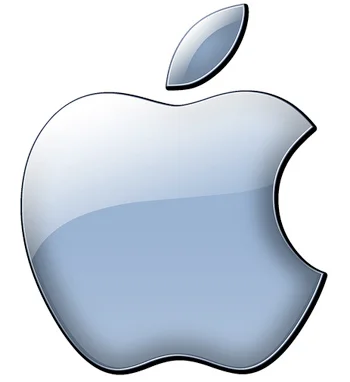As we have told you, FTVLive has been wearing Google Glass for the past few weeks.
For those that don't know, Glass is wearable technology that should be released by Google later this year. The more we wear Glass, the more we can see that wearable tech (on the face, or wrist) is defiantly part of the future.
But, what will be the future of Glass in TV news?
FTVLive asked news and technology expert Michael Rosenblum to give us his take on Glass and its future in TV news.
Rosenblum has been on the forefront of new technology as it relates to news gathering. He started the Video Journalist revolution. Michael travels the word teaching Journalists how new technology can be used to do our jobs more economically and he feels better.
So what about Glass?
Rosenblum gives his take:
On March 4, I will be offering a 3-hour session on Google Glass and Journalism, done in partnership with The Guardian newspaper, in London. http://www.rosenblumtv.com/google-glass-seminar/
There is a reason we have partnered with The Guardian for the first of these Glass seminars: Glass is going to have an enormous impact on the world of journalism and in the newsroom.
The “Explorer” version of Glass, the one we have been using, is only the first iteration of this technology, but looking at it you can see where this is headed. It is called ‘wearable technology’, but having used it now for several months, I think the better term is ‘immersive’. The user is not just ‘wearing’ Glass, they are physically immersed in the web, 24/7.
This has the potential to completely change the way conventional newsrooms – TV, newspaper and online operate.
First, and most clearly, the ‘reporter’ now has the ability to capture both video and stills on the fly, with no need to ‘bring a camera’, or even interrupt the process by holding one up. Admittedly, the quality of the image is not great – yet – but as with smart phones, this will undoubtedly improve. Married to apps such as Hangout, the user can also live stream from anywhere in the world at any time.
On the content side, Glass allows the user to access Google information at a touch (or a command), bringing a whole new level of depth to in-the-field reporting.
For the sole journalist (no need for crews anymore, needless to say), Glass represents an extremely powerful reporting tool.
If that were all Glass could do, that would be more than enough. I think, however, that Glass opens the door to something far more interesting for newsrooms, if they have the courage to embrace its full potential.
Like the iPhone, I think that Glass is going to be a radical game-changer. If I am right (and my personal experience so far militates toward this), I think that in the not too distant future you are going to see millions of people purchasing and wearing Glass. This should not be too much of a surprise. There are now more than 1.2 billion smart phones in circulation in the world, expected to go to 3 billion by 2017.
What does this mean for news?
It means that, properly leveraged, a newsroom can dip into several million ‘reportes’ anywhere in the world, at any time, with an enormously powerful tool at their disposal.
I recently read a piece in the NY Times by Bill Keller, former Managing Editor of The Times. He said that he had, at his disposal, 75 correspondents in 35 countries around the world. That is the ‘power’ of The NY Times. Compared to the potential that Glass will soon represent, that is a pathetic number – or will soon be viewed as such.
In the not too distant future there will be, no doubt, one billion people all over the world, online all the time, not just a recipients, but also as potential generators of news. It’s an enormous resource, and one that has never existed before. Will newsrooms take advantage of it?
I doubt it. CNN already had 750,000 registered iReporters. How much of their work do you see on CNN? Would none be a good answer? Conventional news operations have always been, at heart, terrified of new technologies. Glass will be no exception.
Maybe.



























